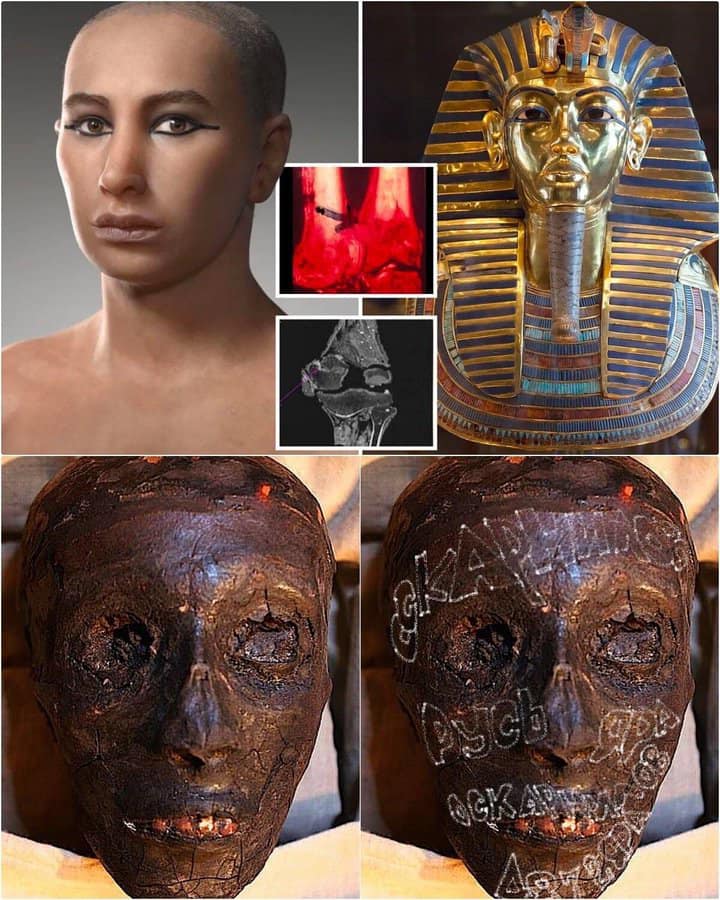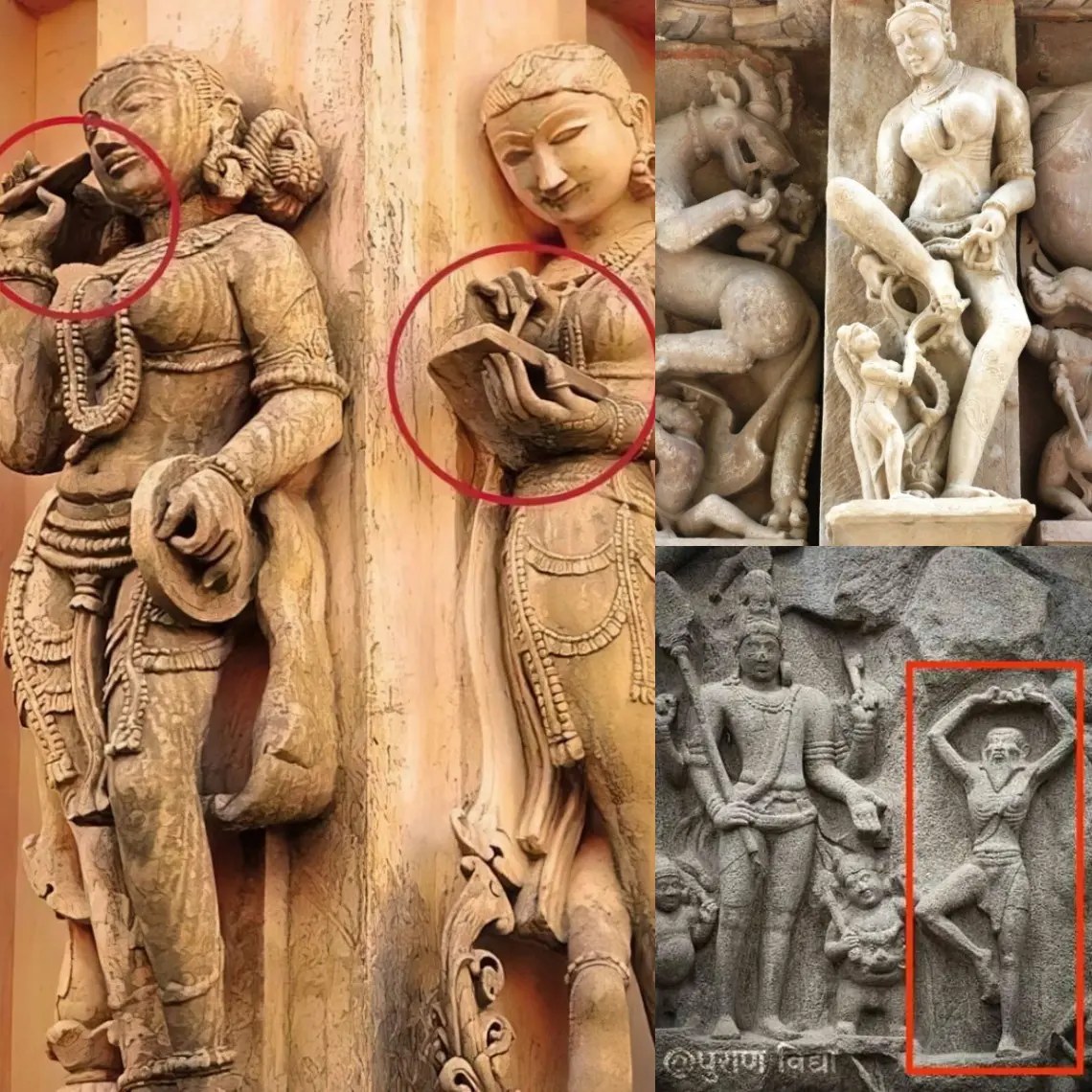This panoply comprises a matching ensemble of helmet, cuirass, and greave (shin guard), which are rare Etruscan works exemplifying the finest qualities of the form and decoration that characterize the greatest armors made in Etruria during the Classical period. In addition to exhibiting originality of design and exceptional workmanship, this ensemble occupies an important place in the historical development of Etruscan armor.
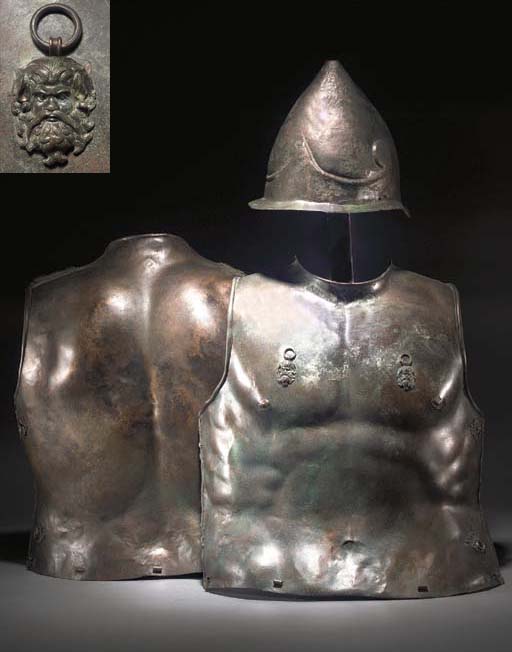
It includes one of the finest Etruscan cuirasses known to survive and a helmet that has no parallels in the Ancient World. Very few Etruscan panoplies appear to have ever included anatomical cuirasses, and among the few specimen known to remain, many are extensively damaged or restored, unlike this example. The helmet, with its delicate embossed, chased, and engraved ornament, and its striking bronze and silver appliqués, is one of the most luxurious examples of a type found only in Etruria, and by far the best preserved representative of this exclusive group.
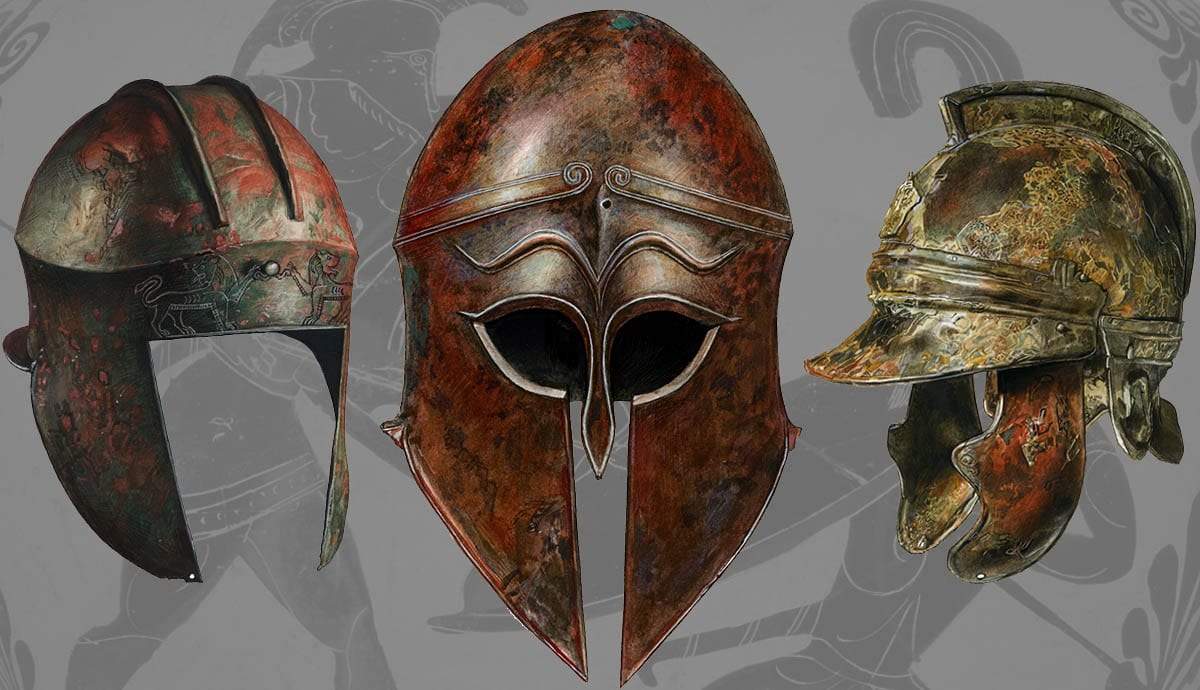
It is most important, however, for its unparalleled construction with hinged cheekpieces that would have completely enclosed the wearer’s face, and for the subtle modeling of the corresponding plates to follow the contours of the nose, cheekbones, and jaw. No other helmet with comparable features is known to exist. – The Metropolitan Museum of Art

This armor could have been worn during the Roman-Etruscan Wars of the early 4th century BCE. After the Gauls defeated Rome at the Battle of the Allia, the Etruscans, the Volsci and the Aequi all raised armies in hope of exploiting this blow to Roman power. According to Livy the leading men of all of Etruria gathered at the sanctuary of Voltumna to form a hostile alliance against Rome. Beset by dangers on all sides, the Romans appointed Marcus Furius Camillus dictator. Camillus inflicted crushing victories against the Volsci and the Aequi, then turned his attention to the Etruscans. Livy, Plutarch, and Diodorus Siculus detail the struggle in which the Etruscans laid siege to Sutrium, a Roman ally.

The Sutrines sent for aid and Camillus marched to their relief. But, before help could arrive the Sutrines were forced into a conditional surrender, being allowed to leave without weapons and only one garment apiece. Meeting the exiled Sutrines later that same day, Camillus ordered the baggage left behind and marched his now unencumbered army to Sutrium where he found the enemy still dispersed and busy plundering the city.

Camillus ordered all the gates closed and attacked before the Etruscans could concentrate their forces. The now trapped Etruscans at first intended to fight to the end, but when hearing that their lives would be spared, they surrendered in great number. Livy says Camillus, having won three simultaneous wars, returned to Rome in triumph.

The Etruscan prisoners were publicly sold. After the gold owed to Rome’s matrons had been repaid (they had contributed their gold to ransom Rome from the Gauls), enough was left for three golden bowls inscribed with the name of Camillus and placed in the Temple of Jupiter Optimus Maximus before the feet of the statue of Juno.
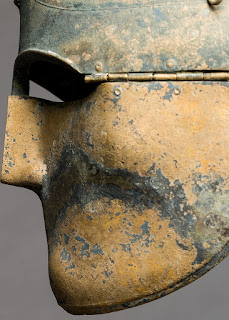
In 387, however, Livy tells us the Etruscans again attacked Sutrium and the border stronghold of Nepete. By the time Camillus and his colleague, Valerius, arrived at Sutrium, the Etruscans had taken half the city, the Sutrines desperately defending the rest behind street barricades.

Camillus divided his army into two and ordered his colleague to attack the walls on the side the enemy was holding. Attacked from both within and without the city, the Etruscans fled in panic and were killed in great numbers. Having recaptured Sutrium, the Roman army marched to Nepete, which by that time had surrendered to the Etruscans after treachery from some of the townsmen.

Camillus first attempted to convince the Nepesines to throw out the Etruscans. When they refused, he captured the city by storm. All the Etruscans and those who had sided with them were killed and a Roman garrison put in place.
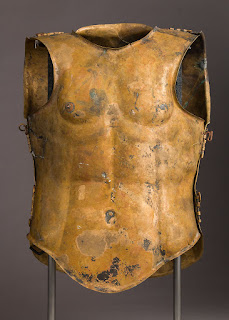
Images: Etruscan panoply of the late 5th to early 4th century BCE consisting of a helmet of the Italo-Chalcidian Type, an anatomical cuirass, and a left greave, probably from Vulci, courtesy of the Metropolitan Museum of Art.
